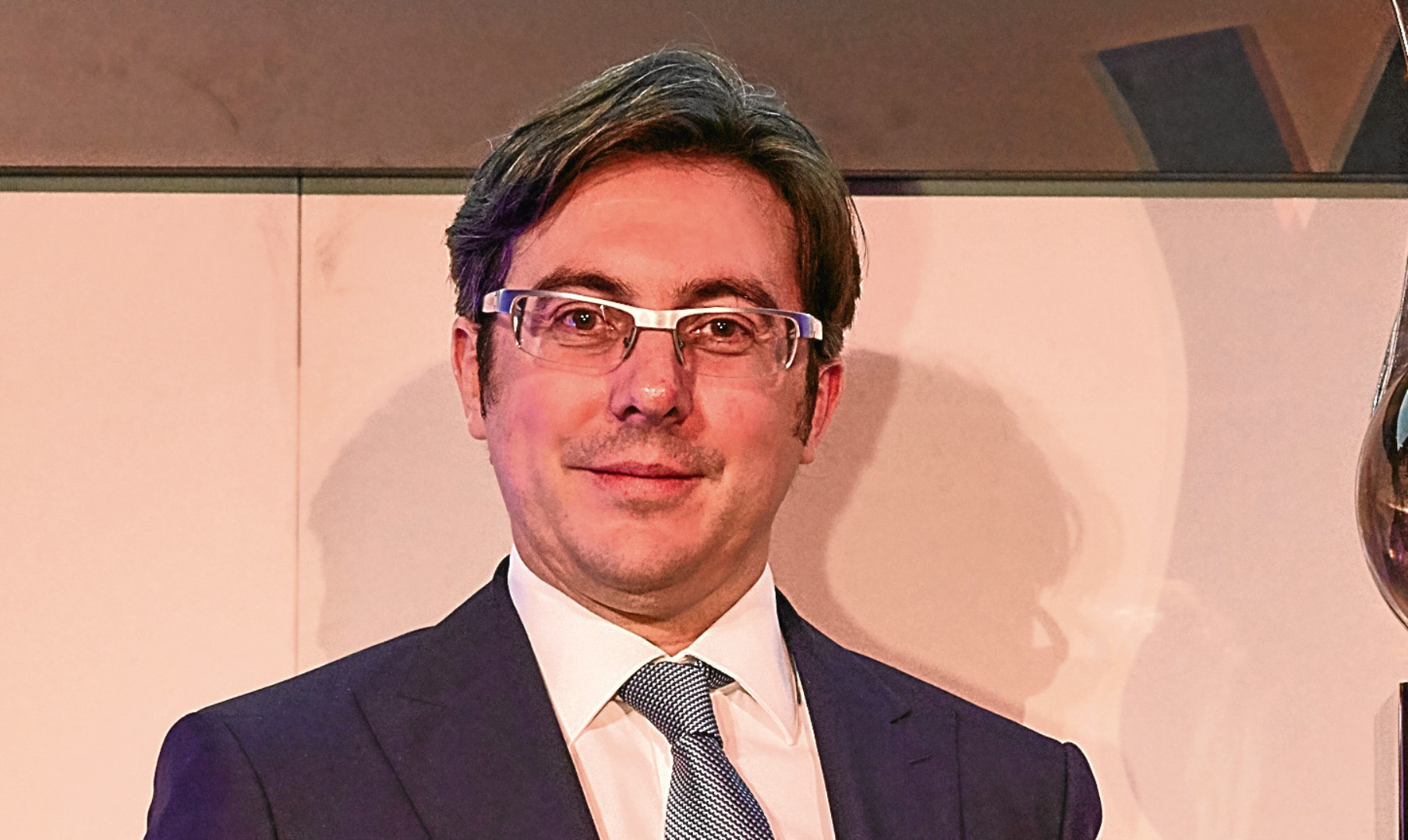Dundee drug discovery firm Exscientia is facing legal action from investors following the dismissal of its multi-millionaire founder.
Professor Andrew Hopkins created Exscientia in 2012 while he was based at Dundee University.
The company, which uses artificial intelligence to speed up the drug design process, was valued at around $2.5 billion when it listed on the Nasdaq stock exchange in America in 2021.
But in February, Exscientia terminated Mr Hopkins’ employment as chief executive following an investigation into his conduct.
A statement said: “The board’s decision was taken following an investigation which found that Dr Hopkins had engaged in relationships with two employees that the board determined were inappropriate and inconsistent with the company’s standards and values.”
Exscientia facing legal action
Exscientia has insisted Dr Hopkins’ personal conduct did not impact the running of the company.
However, how the company dealt with the scandal is now likely to end up in the courts.
Chairman of the board David Nicholson resigned in February after an investigation found he had prior knowledge of the existence of the earlier of Mr Hopkins’ relationships.
Exscientia said he “addressed the situation directly, and with the involvement of other outside counsel, rather than in consultation with the board”.
This prior knowledge is the basis of a class action suit was filed by Bragar Eagel & Squire, a stockholder rights law firm, in New Jersey federal court last week.
It is looking for more investors, who held shares between March 23 2022 and February 13 this year to join the suit.
March 23 2022 is the day Exscientia filed its 2021 annual report with the U.S. Securities and Exchange Commission.
The annual report and other filings throughout the class period affirmed that Exscientia’s employees and officers were following the company’s relevant code of conduct.
The complaint alleges that, the defendants made “materially false and misleading statements regarding the company’s business, operations, and prospects”.
Falling share price
Exscientia’s shares declined $1.72, or about 23%, to close at $5.79 per share on February 13, the day Hopkins’ dismissal was made public, according to the suit.
Several other legal firms have also asked investors to come forward as they prepare their own class action suits.
Exscientia has been asked to comment.
The share price and value of the business has dropped substantially since it was listed on Nasdaq for $22 a share in October 2021. They now trade at around $5.
The business, which retains an office at River Court in Dundee’s City Quay, recently reported revenue of $25.6m in 2023, with a pre-tax loss of $206.5m as it invested $163.7m in research and development.











